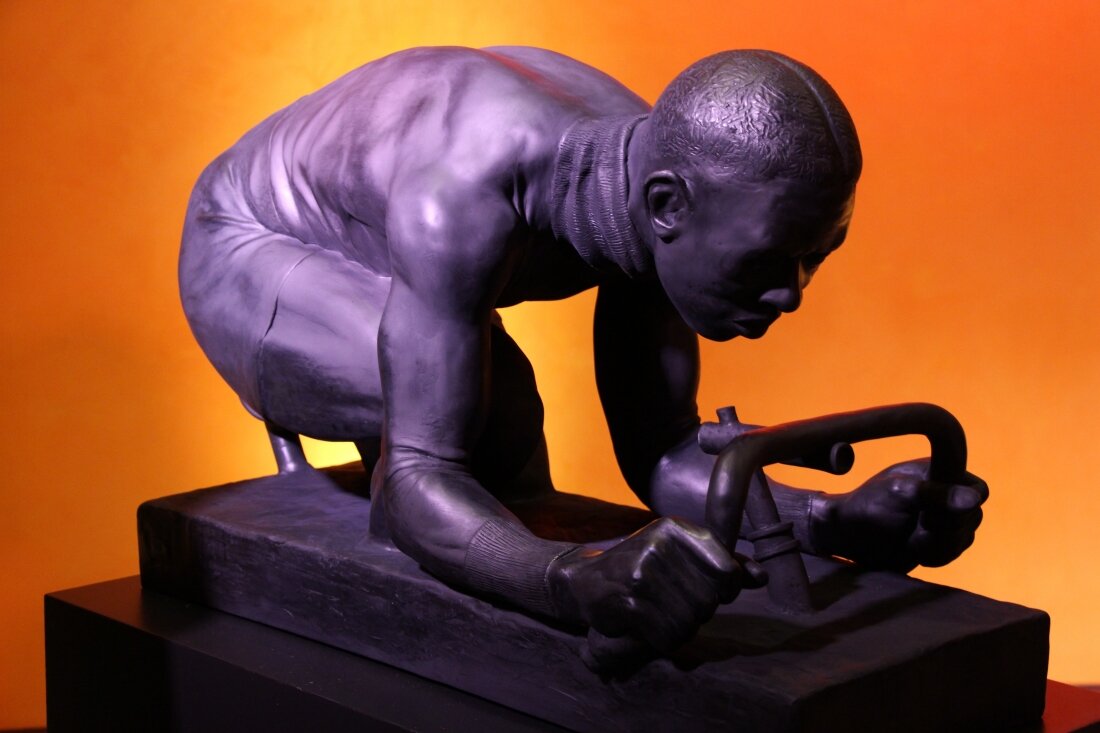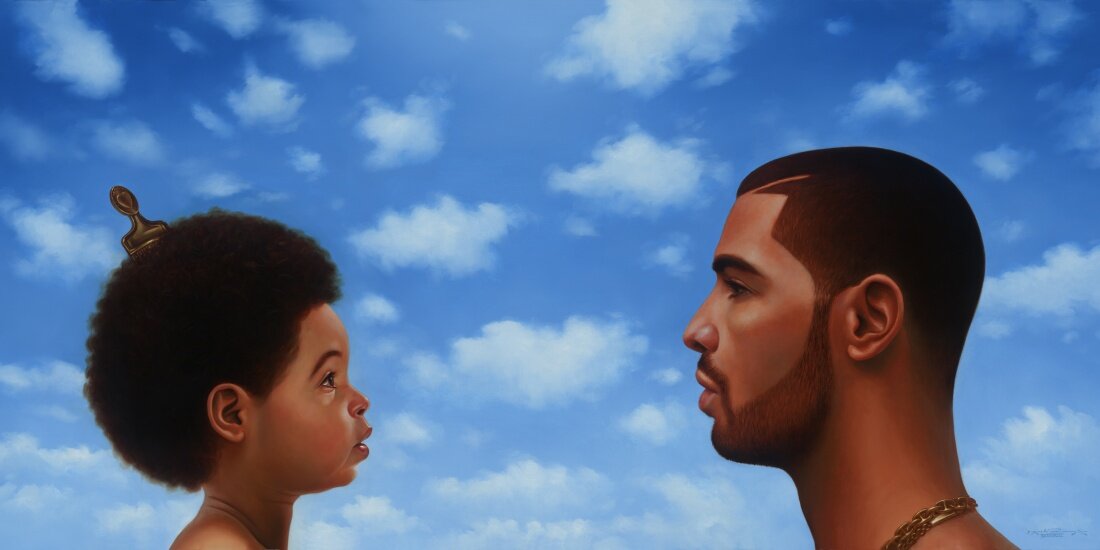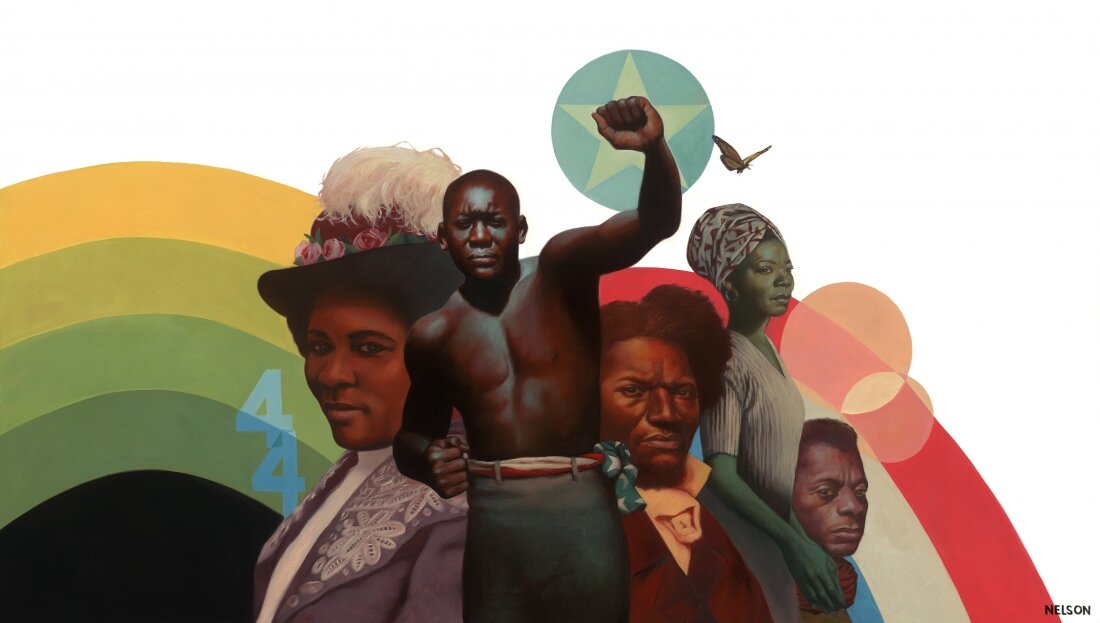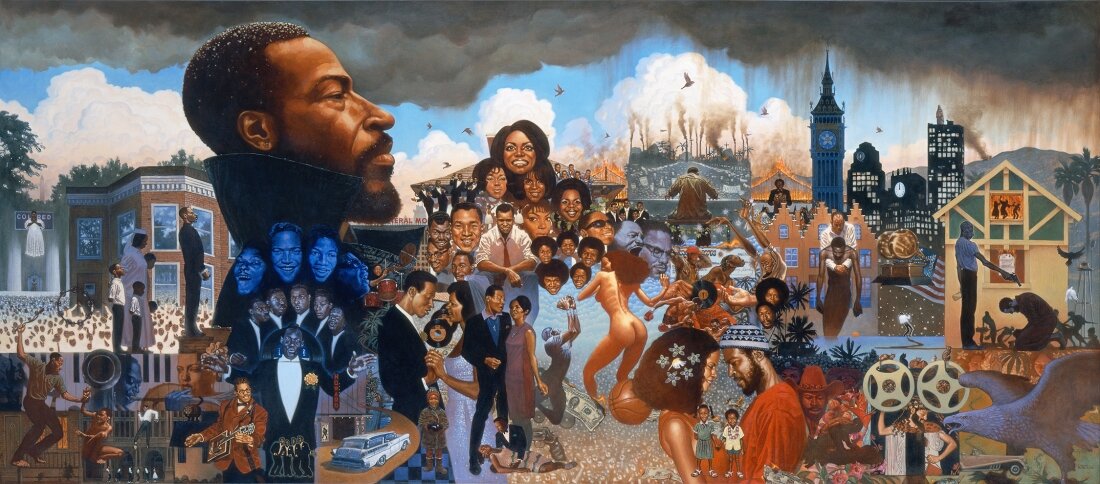Kadir Nelson, Whose Art Depicts Heroes & Humanity, Wins the First-Ever ADC Freelancer of the Year Award, Presented By Working Not Working
WORKING NOT WORKING
Congratulations to all of this week’s announced winners across all categories in the ADC 99th Annual Awards. This year, The One Club for Creativity partnered with Working Not Working to offer freelancers a lowered entry price and the opportunity to have a bigger voice, presence, and platform in the creative industry. As a result, the ADC Awards saw hundreds of freelance applicants this year. The partnership also led to a new category, presented by Working Not Working. We’re excited to announce that the inaugural “ADC Freelancer of the Year” award is presented to artist Kadir Nelson.
Kadir Nelson is a Los Angeles-based illustrator and artist. His work is emotional and spirited; it’s painterly and figurative. It’s also a monumental task to even begin to summarize his body of work. Engaging with his art leaves a lasting impression. That may explain why his paintings are in the permanent collections of several notable institutions including the United States House of Representatives, the Muskegon Museum of Art, The National Baseball Hall of Fame, United States Postal Museum, the International Olympic Committee in Lausanne, Switzerland, and most recently, the Lucas Museum of Narrative Art, the World Trade Center, the Smithsonian’s National Portrait Gallery, and the National Museum of African American History and Culture.
It’s fitting that Kadir sets the bar for ADC’s “Freelancer of the Year” honor, given his more than 25 years as a freelance artist. He credits his parents with inspiring him to be comfortable with independence at a young age. “My parents owned their own businesses when I was a kid, and later while I was in college my mother quit her stable job as an engineer and became a self-employed author and speaker. It was a powerful example of bravery and professional independence.” Throughout college, Kadir sold his work to support himself and pay for his tuition. Shortly after graduating, and a stint creating conceptual artwork for DreamWorks Pictures, Kadir officially became a freelancer.
“I don’t believe I’ve ever had an ‘I’ve made it’ moment because I still have to work for a living. Painting, living, and evolving is a journey, and as I’ve gotten further into my career I’ve learned to appreciate that very fact.”
Flight of the Clotilda - 2020 ADC Gold Cube Winner
As many Working Not Working Members know, existing as a professional freelancer means growing comfortable with uncertainty. Creativity becomes not just a job or a living but a means for survival. The independence that comes with freelancing can be a dream, but it’s not for everyone. Kadir doesn’t see arrival as part of the freelance equation. “I don't believe I've ever had an ‘I've made it’ moment because I still have to work for a living. Painting, living, and evolving is a journey, and as I've gotten further into my career I've learned to appreciate that very fact…My career has been a wonderful string of moments and opportunities.”
These opportunities over the years include working with clients like National Geographic, HBO, Nike, Disney, Hennessy, and Sony Music, with moments like frequently been featured on the cover of The New Yorker and contributing over a dozen commemorative US postage stamps honoring American legends.
“My mission is to create artwork that illustrates the journey of the hero and to remind humanity of the best and noblest parts of itself.”
Where do you go from there? As Kadir tells us, “My mission is to create artwork that illustrates the journey of the hero and to remind humanity of the best and noblest parts of itself.” For many artists both young and established, Kadir’s career is itself the journey of a hero. What has he learned over the years from being a freelancer? “I've learned that my voice as a human being and an artist is powerful and that I can use that power to connect with, to heal, and inspire people. I would encourage artists to tell their stories with their work and paint subject matter that is meaningful to them.”
The other lesson is to keep going. Despite all of his accomplishments, Kadir doesn’t rest on his laurels. That’s why he’s the ADC Freelancer of the Year. “I was fortunate to have the opportunity to create a cover for National Geographic this year. It was a life-long dream to do this job since I'd seen their beautiful covers since I was a kid. I also won the Caldecott Medal, which was also on my dream board. I also got married in 2019, I finished the first draft for a big book I've been dreaming up, and I also began creating paintings for a monster project, so it was a very good year. Like most years, I've had also challenges, but I cannot complain. I can only keep pushing forward.”















